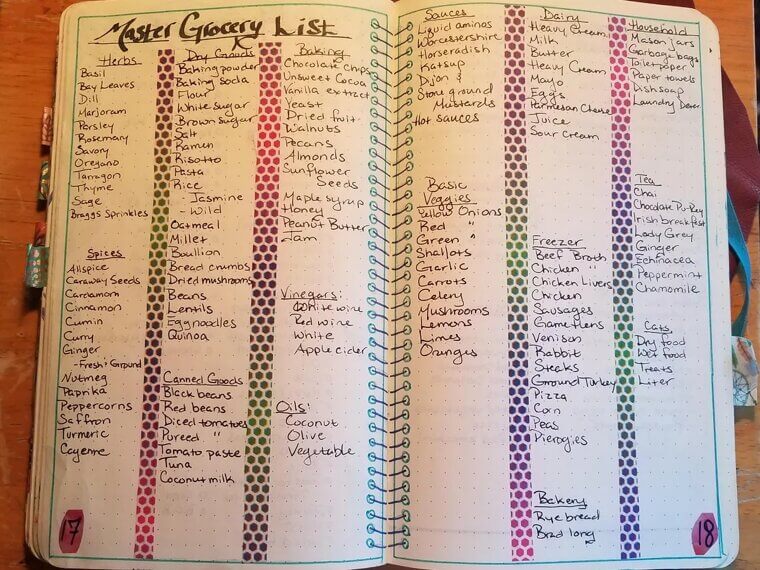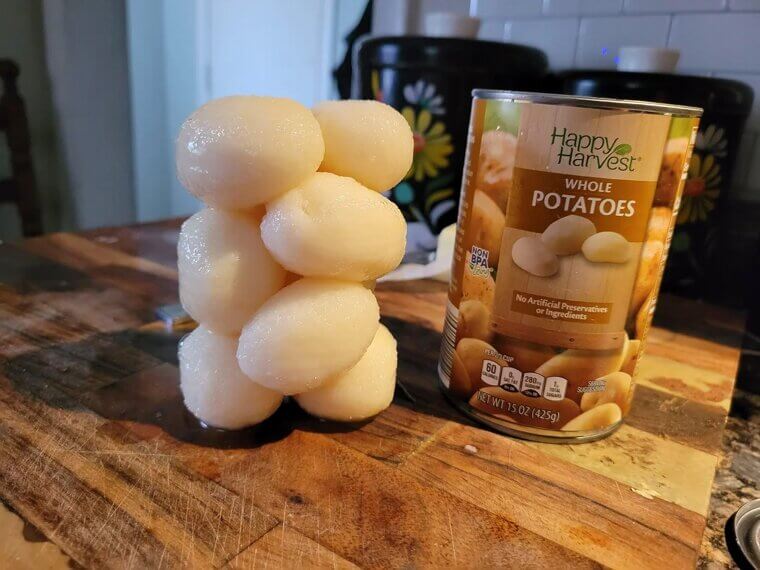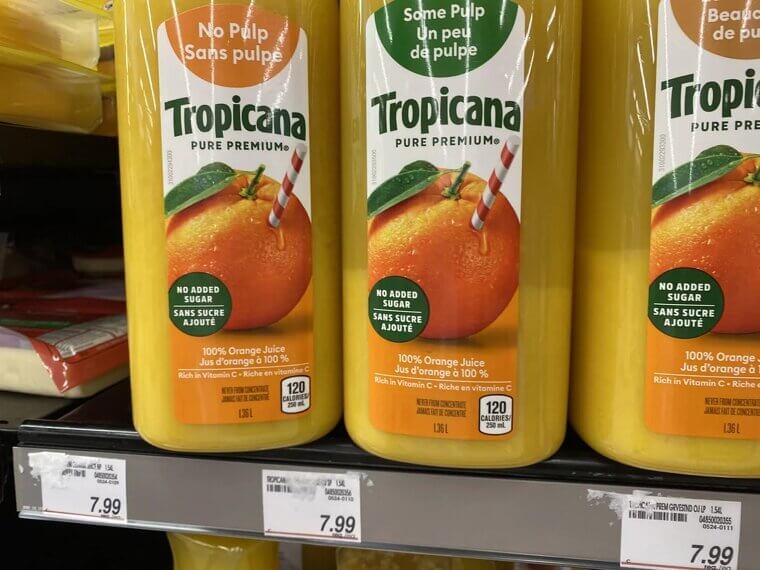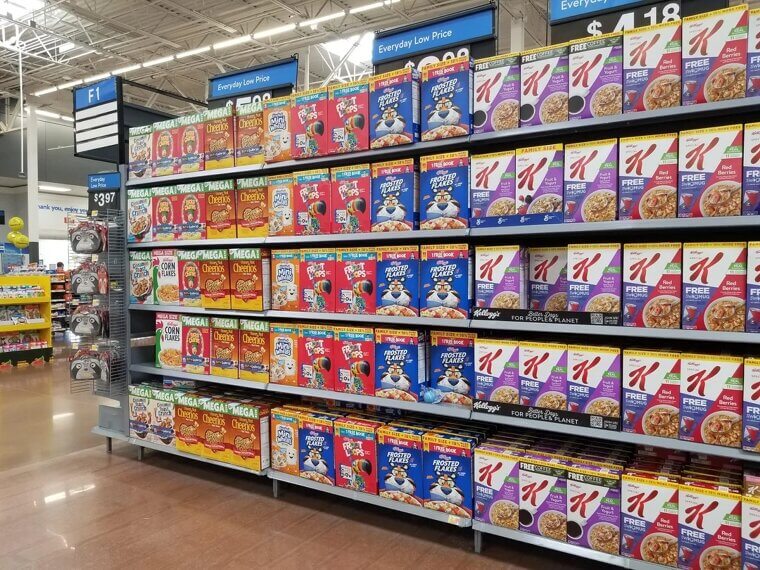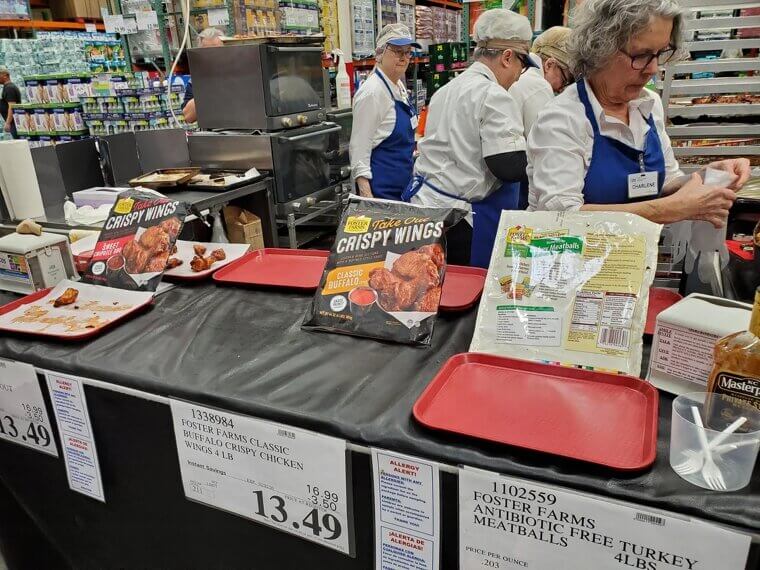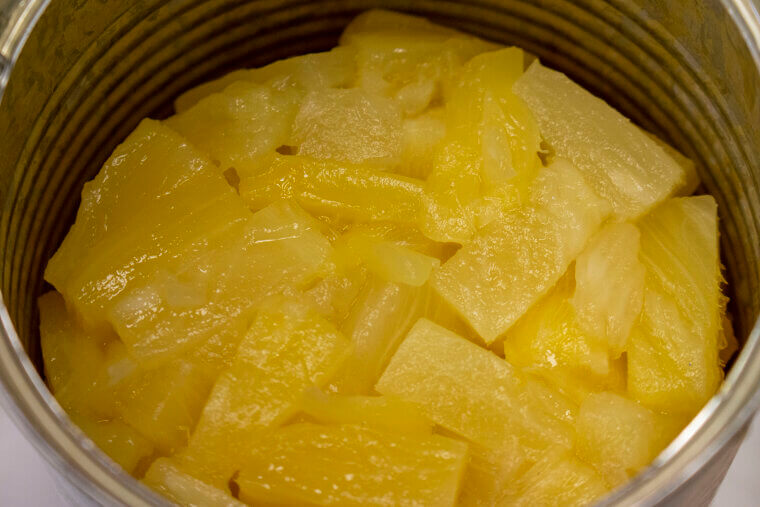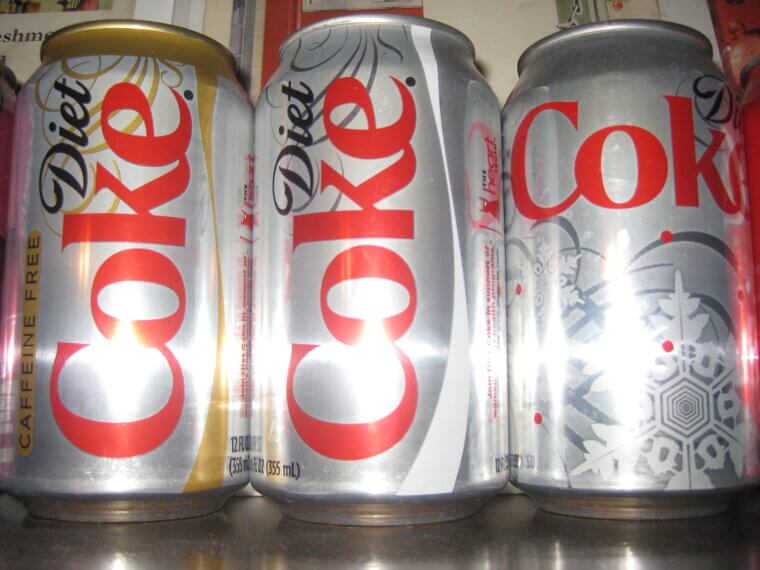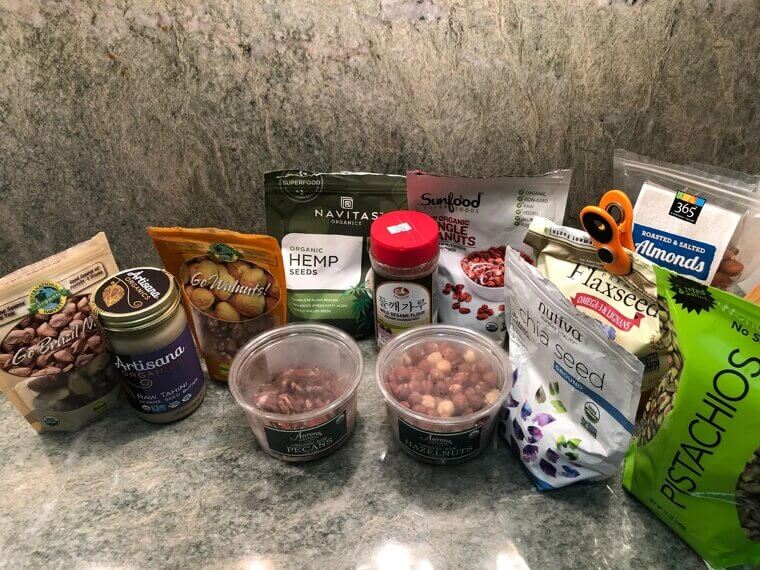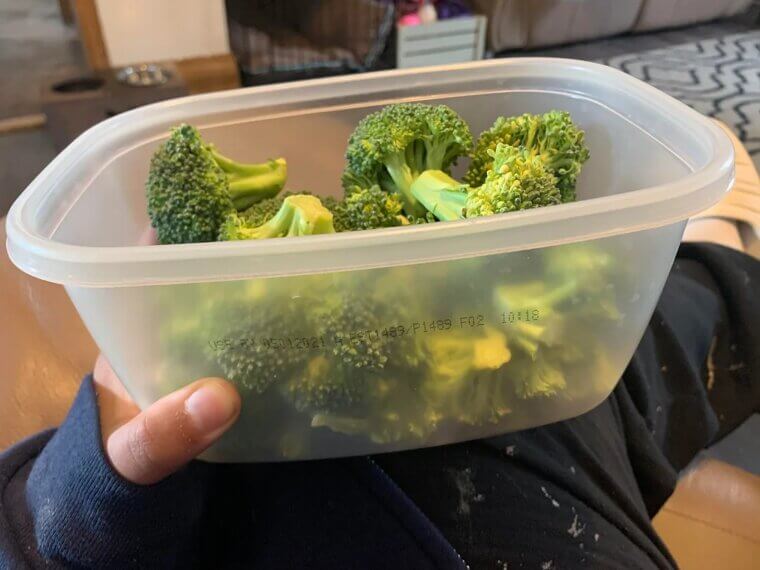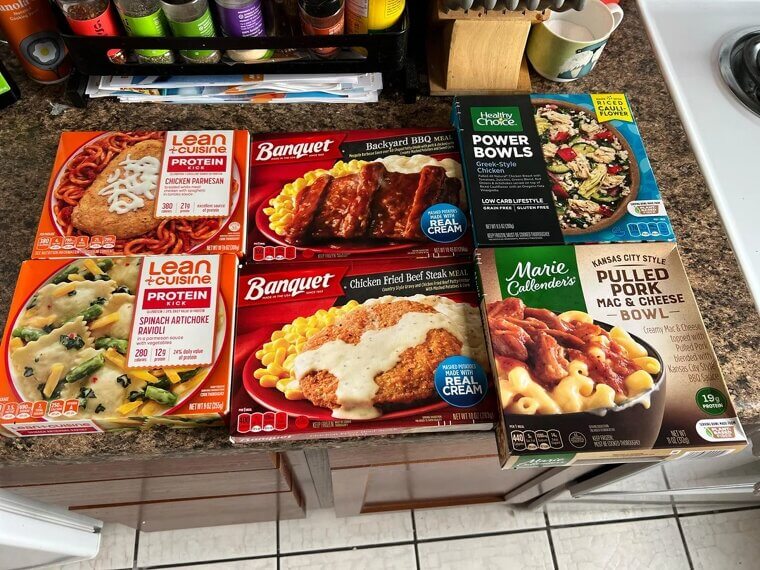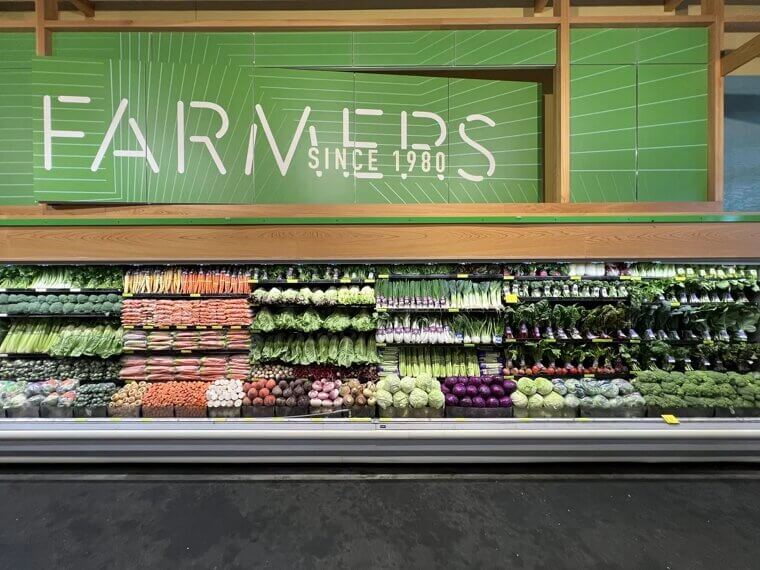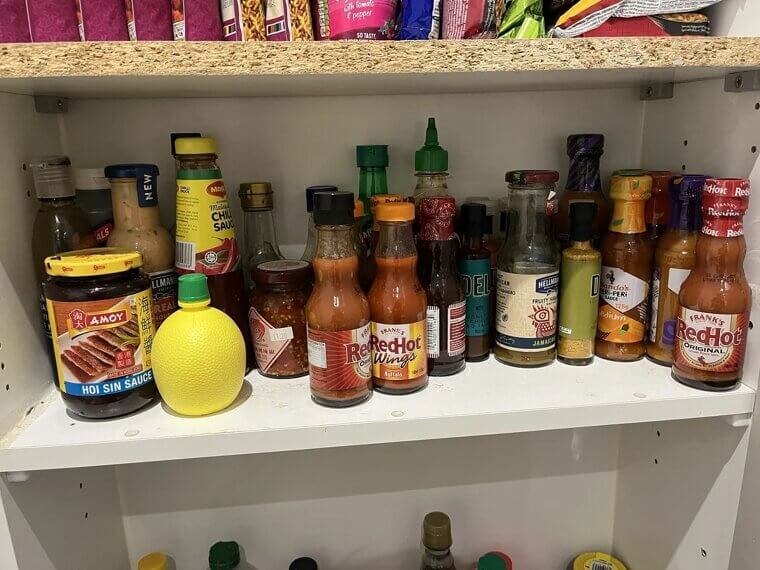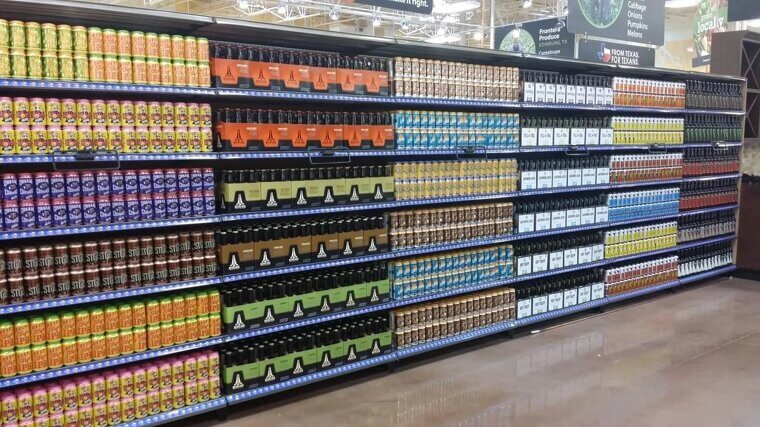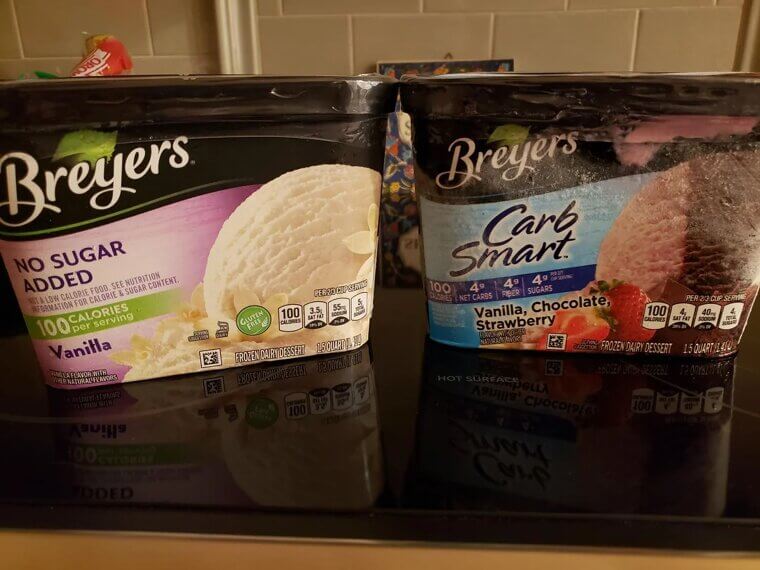Skipping Nutrition Labels
It’s tempting to grab what looks the most healthy, or pick brands you’ve chosen before, but you should always read the nutrition labels, just in case. The sugar content may have changed, or there may be extra hidden carbs or additives that you also need to avoid. It takes time, but skipping labels isn’t worth the risk.
Overlooking Hidden Sugars
Many products unexpectedly sneak sugar into their contents, making you think that they’re healthier than they are. Yogurts, cereals, jarred sauces, and even salad dressings have hidden sugars that can spike blood sugar before you even realize it. Reading labels is time-consuming but worth it for safety.
Ignoring Serving Sizes
Serving sizes are super important if you have diabetes because while a snack may seem fine, if you double the portion, you double the sugar. Many boxes or packets advertise their sugar in smaller percentages, so what you think is the entire sugar content is actually only a fraction. Always check the servings!
Choosing Processed “Healthy” Foods
Unfortunately, unless something is completely fresh, it’s impossible to say whether it’s actually healthy or not. There are certain processed snacks that don’t spike blood sugar, but others are advertised as “health foods” when they’re the complete opposite. From smoothies to granola bars to frozen meals, many popular products are actually ultra-processed.
Not Making a List
Shopping without a list is always risky, but not making one when you have diabetes turns a simple trip into a nightmare. Having a plan prevents impulse buys, keeps meals balanced, and stops any unhealthy products from sneaking into your cart. Another bonus is that you’re far less likely to overspend.
Underestimating Starch
Humble food items, like potatoes, peas, corn, and beans, can contain surprising amounts of starch. The body breaks starchy foods down into glucose, so you should avoid buying anything with large servings of starch to avoid unexpected blood sugar spikes. You can buy starch, but never underestimate it.
Choosing Fruit Juice
Fruit juice is delicious, but people regularly underestimate just how much sugar is in it! One glass can equal several servings of fruit, and what is advertised on the carton isn’t the entire sugar content. Whole-fruit juice is a much better choice for diabetics because it digests slowly, reducing blood sugar spikes.
Forgetting About Carbs
Carbs are in everything: bread, pasta, cereals, rice, and even vegetables and dairy products. If you don’t track these while shopping, you could end up raising your carbohydrate intake and your blood sugar at the same time when they break down into glucose. To be safe, check the ingredients of every product before purchase.
Trying Free Samples
Free samples are a grocery store staple, but they’re also a breeding ground for cross-contamination. Even if they aren’t sweet snacks or baked goods, they may also contain higher-than-expected amounts of sugar. A few bites can still spike blood sugar, and you also can’t be certain that nothing else has come into contact with the samples.
Picking Canned Fruit Over Fresh
Canned fruit is convenient, but many of these products are soaked in juice or syrup to keep them moist. These instantly make them far more sugary than they were before. If you can’t buy fresh fruit, choose frozen instead; it’ll last as long as canned fruit, but without the sneaky blood sugar rush.
Relying on Diet Labels
You should be able to trust diet labels that say things like “diabetic-friendly” and “low sugar”, but it’s better to be safe than sorry! Large servings or hidden sugars can sneak into your cart if you rely on labels without actually reading them, and not every diet product is healthier. Just take diet soda as a classic example.
Skipping Healthy Fats
Despite their name, healthy fats are actually good for you, as long as you eat them in moderation. You should never skip items like seeds, nuts, avocado, or olive oil because they help to stabilize blood sugar and keep you full. Many people avoid them, fearing calories, but smart fats actually promote better glycemic control.
Not Choosing Enough Vegetables
This is a tricky one that requires plenty of attention at the grocery store: while you shouldn’t overload on starchy vegetables, you also need other foods to get enough fiber to regulate blood sugar. Non-starchy veggies, like spinach, peppers, broccoli, and kale, provide plenty of vitamins and don’t spike glucose levels.
Buying Frozen Meals
Frozen dinners are very tempting because they’re so quick and convenient, but buying them is a huge diabetes mistake. They’re often high in salt, sodium, sugar, and refined carbs, which can make blood sugar management tricky. It’s better to buy enough ingredients for homemade meals instead.
Being Deceived By Health Foods
Just like diet labels, many so-called “health foods” are actually very deceiving. Products marketed as “organic” or “all-natural” sound perfect for diabetics, but many still hide sugars and carbs. Don’t fall for easy marketing; check the actual nutritional content and make an informed decision.
Not Enough Protein
Protein fills you up, stabilizes blood sugar levels, and prevents shock highs or lows. Many diabetic shoppers overlook it, but many common foods, including eggs, lean meats, and beans, are rich in protein your body needs. It’s all about filling your cart with enough variety to maintain a balanced diet.
Confusing “Natural” and “Safe” Sugar
Natural isn’t always best, and it’s important to keep that in mind while shopping for groceries. After all, honey, maple syrup, and agave are all natural, but would you class them as “diabetes-friendly”? Safe sugar is about the content, not the source, so be mindful of that when buying sweet products.
Not Checking Sodium Content
Large amounts of sodium are terrible for blood pressure, heart health, and even fluid balance, so you should avoid regularly consuming it. While it doesn’t directly affect blood glucose levels, diabetics are recommended to reduce their sodium intake as part of their overall diabetes management. Watch out for processed meats, salty snacks, and condiments!
Limiting Your Palate
It can be tempting to avoid many foods as a diabetic, but you still need a balanced diet and a broad palate to get all the essential nutrients. Try mixing it up at the store and choosing some new products instead of constantly buying the same ones. Just be sure to check the ingredients and nutrition labels.
Choosing Only Sugar-Free Items
This is another catch-22 because while you should avoid overly sugary products, it’s also a mistake to choose only sugar-free items. Many sugar-free foods replace that content with other ingredients and additives that can affect blood sugar levels, or they may create concerning nutritional gaps. Once again, balance is key.





